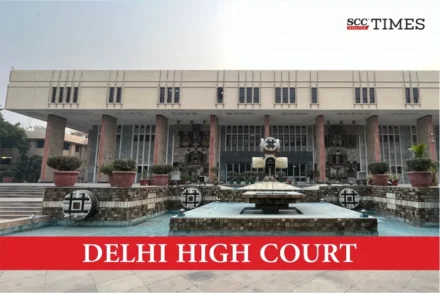
Delhi High Court cancels trade mark ‘LI’L MONSTER’ to protect the Intellectual Property Rights of Monster Energy Co.
The trade mark ‘MONSTER’ had been adopted by Monster Energy Co. in 2002 in the United States of America.

The trade mark ‘MONSTER’ had been adopted by Monster Energy Co. in 2002 in the United States of America.
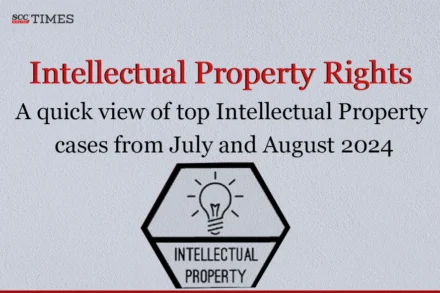
A quick recap of top Intellectual Property cases on sale of counterfeit copies of EBC’s books, Nizam’s trade mark, Mankind v. Mercykind, Adidas, L’Oréal, Electronica, and more.
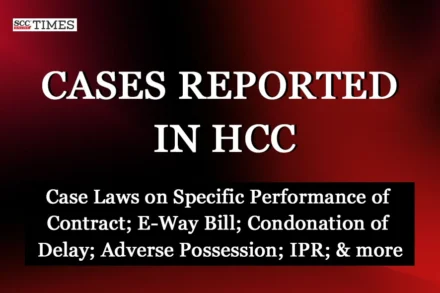
An update on new additions of case laws to SCC’s High Court Cases volume.
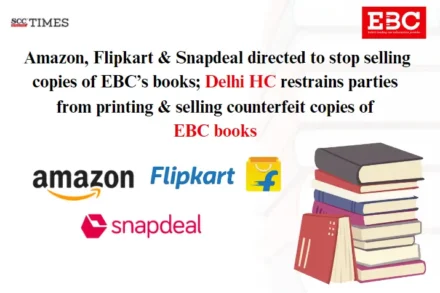
The Court directed the Commissioners to conduct a search at the book houses and seize the infringing products bearing EBC’s registered trade marks or containing contents identical or deceptively similar to EBC’s books, books without hologram, packaging, labels, printing material and other material that reflect infringement of copyright and trade mark.

Section 47 of the Trade Marks Act, 1999 provides for taking a registered trade mark off the Register on account of non-use of the trade mark.
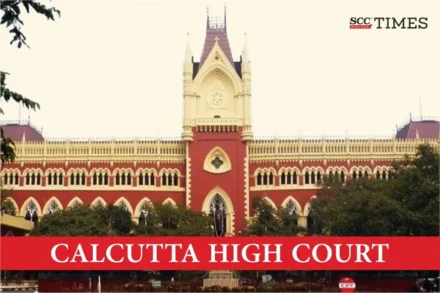
The Registrar dealing with an application under the Trade Marks Act is a quasi-judicial and delegation of power under Section 3(2) is an administrative power and as such the Associate Managers are not empowered to pass quasi-judicial orders.

It was said that when a mark as distinctive and well-known as “Adidas” is copied, it can dilute the mark’s distinctiveness and harm the brand’s reputation, irrespective of the differences in the product categories.

The brand ‘Peter England’ was introduced in 1997 and later acquired by Aditya Birla Fashion and Retail Ltd. in 2000.

Since the rival trade marks were visually and phonetically identical, it would cause confusion and deception amongst the general public, doctors, and chemists.

The rights of the impugned song ‘Udi Jab Jab Zulfein’ from the film ‘Naya Daur’ had been assigned to Saregama India Ltd. by BR Films, the original producer of the film.

Apart from the formation of Code of Conduct for Patent and Trade Mark agents, the Delhi High Court also found a requirement to put in guidelines for solicitation and advertising.

The Delhi High Court said that while trade mark registration offers statutory benefits, it does not obliterate prior common law rights established through actual use and accrued goodwill in the market.

The Court opined that had the plaintiff disclosed the facts, about the knowledge of the date of usage of the logo, then the ad interim relief without notice would not have been granted to the plaintiff. Even otherwise, the Court opined that the plaintiff had suppressed the material facts.
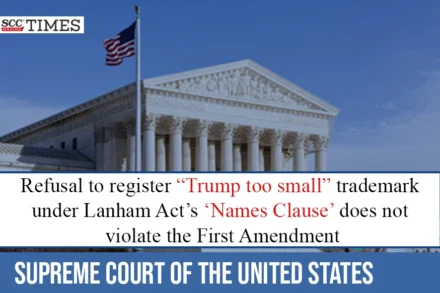
In 2016, after watching a Presidential primary debate exchange between then-candidate Donald Trump and Senator Marco Rubio, the respondent sought to federally register the trademark “Trump too small” to use on shirts and hats.
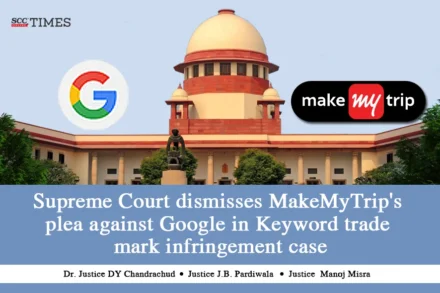
“A risk of trade mark infringement occurs when a registered trade mark is used as a keyword by a third party to link its website to promote its goods and services, which creates confusion in the minds of the consumers about the source of the product.”
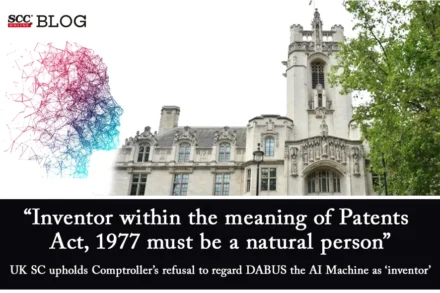
The Court unanimously stated that the Comptroller was right in determining that the appellant was not entitled to apply for the patents simply by his ownership of DABUS.
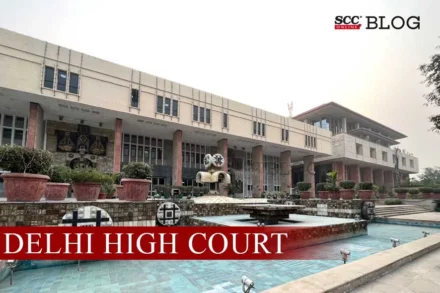
This is a case where the Intellectual Property Office of Japan has found itself at the receiving end of infringement and imitation by unscrupulous Defendants. The defendants’ use of the identical mark and logo would be violative of the Plaintiff’s goodwill and brand equity.

The agreement between the parties is not a contract between an employee-employer or a manager-sportsperson contract, rather they are commercial contracts entered into between parties with equal bargaining power and for mutual commercial benefit. Thus, the agreements between the parties are neither ‘excessively one sided’ nor they impose a ‘bondage’.

The Court opined that whether a mark is common to trade or not is a question of fact. Similarly, a mark may be a trademark in some jurisdictions and ‘publici juris’ in others, but a mark that may be common to trade at one time may become distinctive over a period, or vice versa.
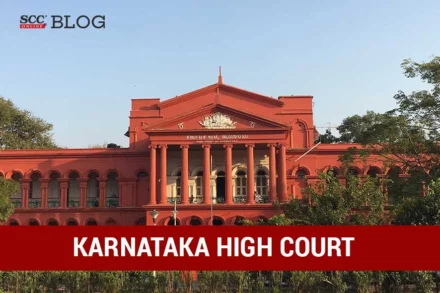
The Court noted that the Trial Court made an error in allowing Blinkhit’s application for temporary injunction, without properly appreciating the available materials on record vis-à-vis the trademark’s usage and nature of the business carried out by the parties.